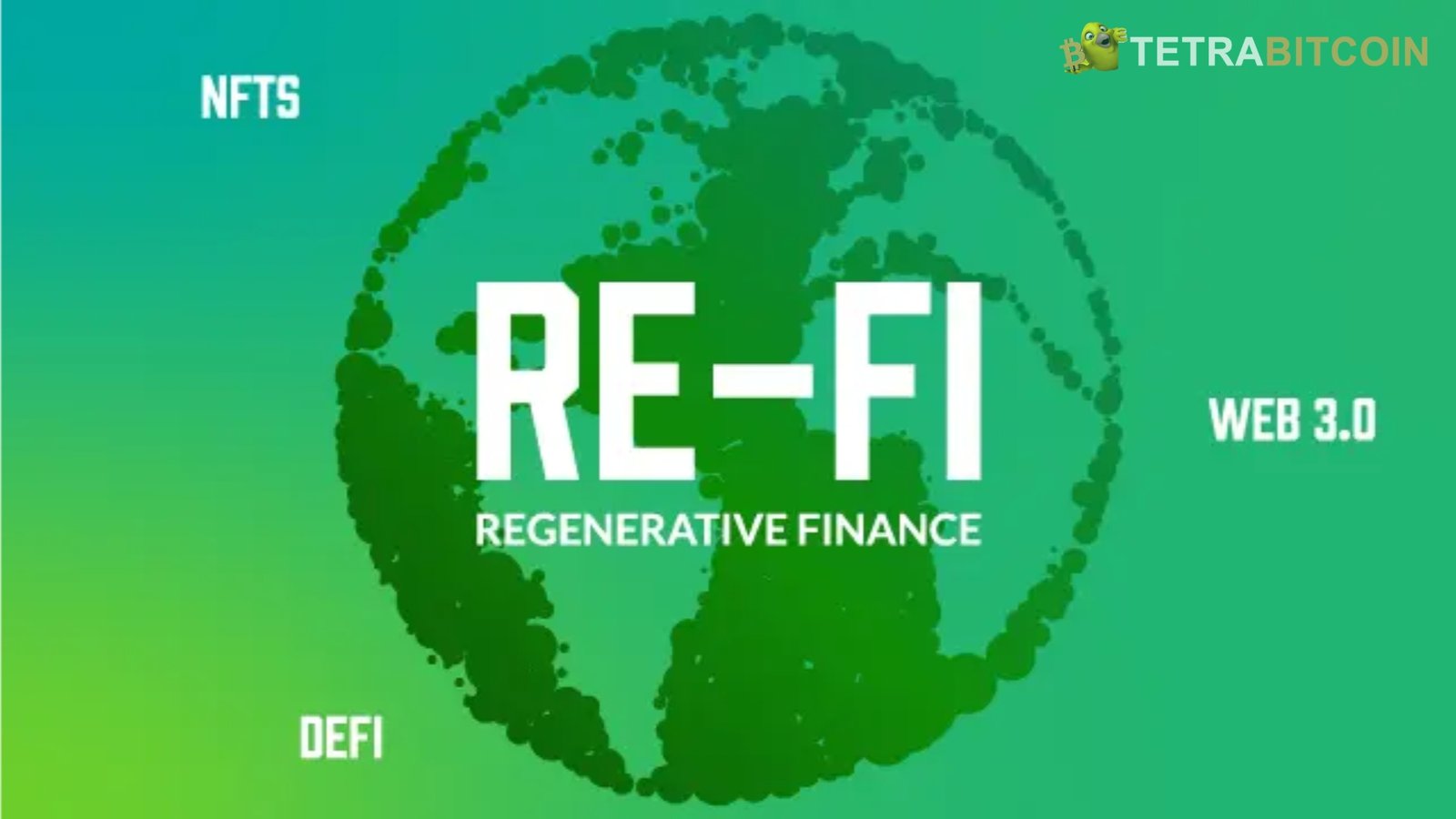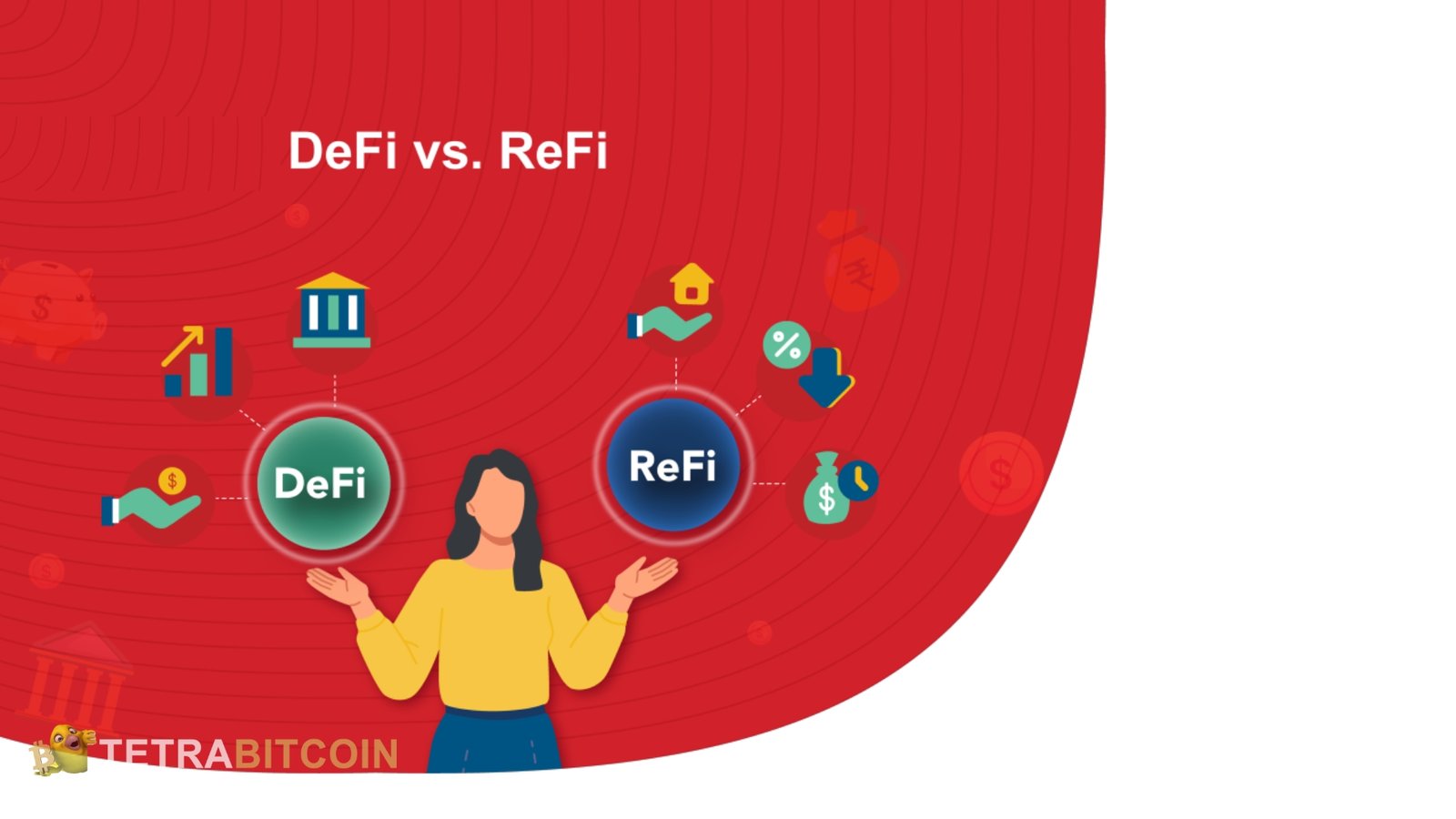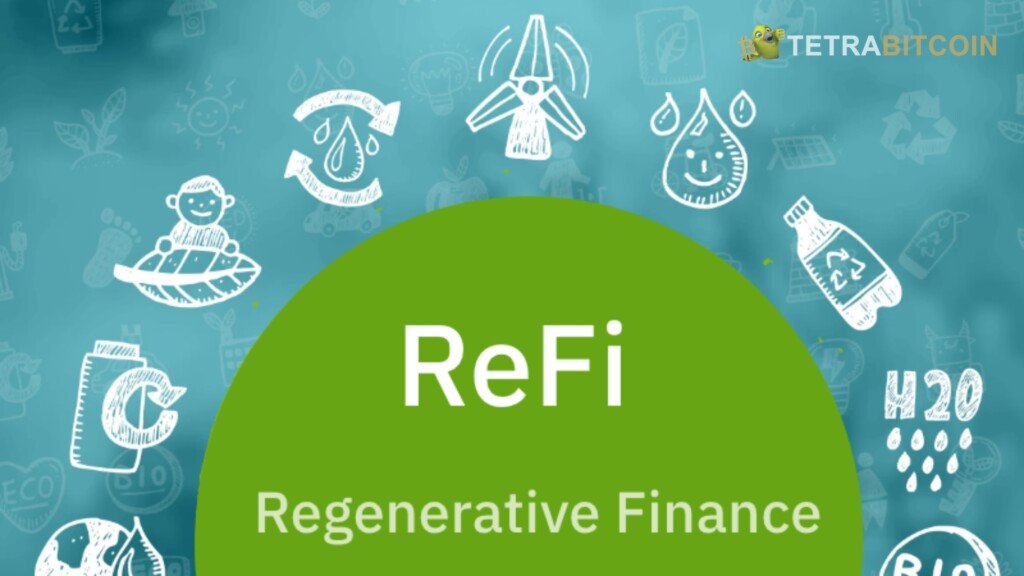Regenerative Finance (ReFi). One way that the Web3 community is attempting to combat global warming is through Regenerative Finance, or simply ReFi. Crypto technologies have a reputation for high energy consumption, but this movement proves that they may actually improve the environment.
Many studies have documented the drawbacks of Proof-of-Work algorithm projects, most notably Bitcoin mining, for quite some time. The Energy Information Administration reported that in 2023, the total electricity consumption of the world’s cryptocurrency miners was equivalent to that of Australia.
To restore ecological balance, tackle the environmental impact of the financial industry, and distribute resources for sustainable solutions, ReFi employs blockchain-based technologies. All economic systems should be open, resilient, and regenerative according to this overarching idea.
ReFi as a Part of the Regenerative Economy
The regenerative economy, sometimes known as the circular economy, is based on the idea that long-term sustainability should take precedence over immediate profit. Instead of diminishing natural resources, it proposes recovering and repurposing them.
Such feedback methods are now within reach, thanks to blockchain technology’s transparent, decentralized database and automation capabilities offered by smart contracts. Crypto and the regenerative economy meet at ReFi. It provides an alternate economic system that makes use of regenerative principles and is built on decentralized technologies. ReFi is a sustainable and inclusive financial system that uses open-source and secure foundations.
How Does Regenerative Finance Work?
Sustainable agriculture, renewable energy, ecological restoration, and community well-being are the pillars upon which ReFi’s impact investing options lie. The ideas of the circular economy (such as backing programs that decrease waste and increase recycling) and community empowerment are also crucial to regenerative finance, as is a focus on the long term. Along with that, regenerative finance in Web3 lets individuals align their financial interests with broader sustainability goals, which in turn promotes social and environmental advantages.
Without a central underwriter, a decentralized bond issuance platform can facilitate the sale of bonds to investors worldwide. Smart contracts record the details of the decentralized green bonds, such as the interest rates, maturity dates, and distribution schedules, and automate their creation, issuance, and management.
The tokenization of decentralized green bonds with blockchain technology represents digital ownership of the bonds. Each token represents the value of the bond. As an example, a solar energy company’s bond tokens each represent a fraction of the total investment. Those who put money into the solar energy project will get these bond tokens as a payback.
Decentralized green bond offerings fund sustainable environmental and economic projects. Green bonds generally include metrics to track project progress and ensure sustainability. However, By building a decentralized autonomous organization, investors and project beneficiaries can participate in green bond ecosystem decisions. A decentralized green bond DAO would allow token holders to propose and vote on new green projects to fund with future bond issuances. The decentralized green bond ecosystem improves as more sustainable projects are funded, intelligent contracts are enhanced, and community feedback is included.
ReFi Vs. DeFi
Decentralized financial institutions are what are referred to as “DeFi.” People are able to engage in activities such as investing, borrowing, and lending money differently thanks to this network. Decentralized financial infrastructure, also known as DeFi, is an alternative to traditional financial institutions that make use of blockchain technology, smart contracts, and self-executing programs. As a result of the inclusive nature of DeFi’s economic systems, participation is open to all individuals.
The principles of decentralized finance serve as the foundation for the ReFi system. The primary objective of this organization is to have a positive impact on society and the environment while simultaneously providing individuals with financial tools that are open and transparent. Projects such as carbon emission tracking and initiatives for Bitcoin mining that utilize renewable energy sources are examples of projects that are included under the “ReFi” umbrella group. The goal of ReFi is to
- Generate monetary value in an environmentally friendly manner
- Coordinate the sustainable use of natural resources
- Create products that benefit local communities
- Address climate change


